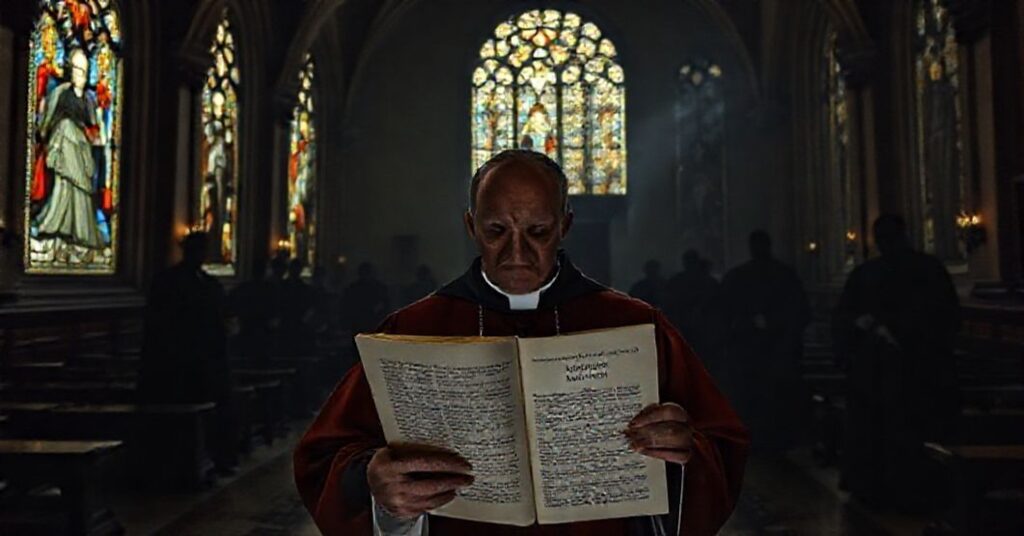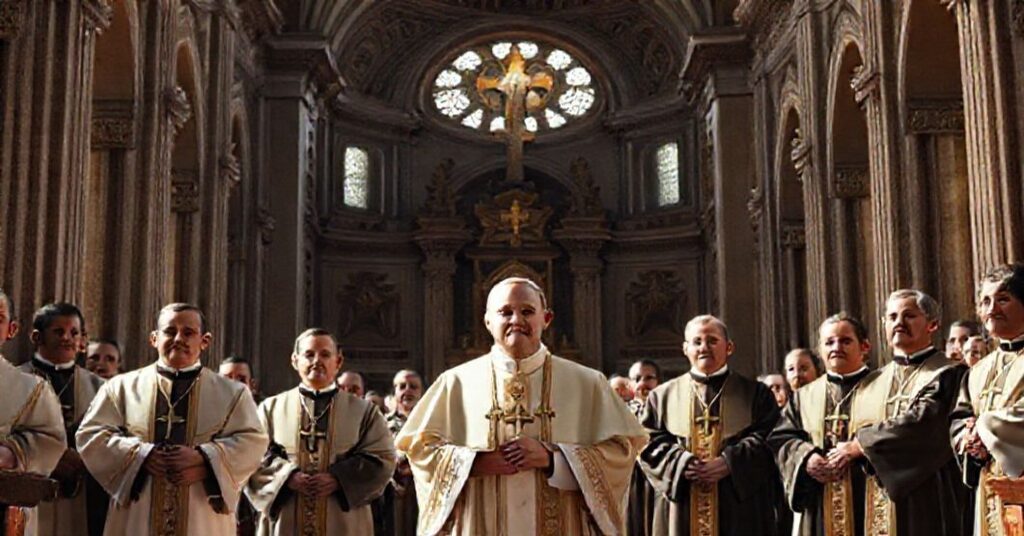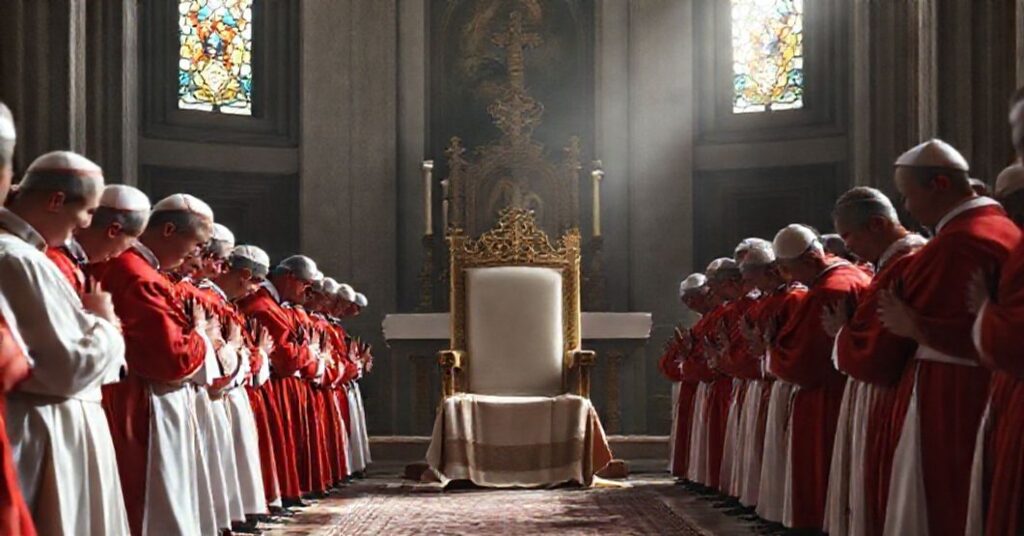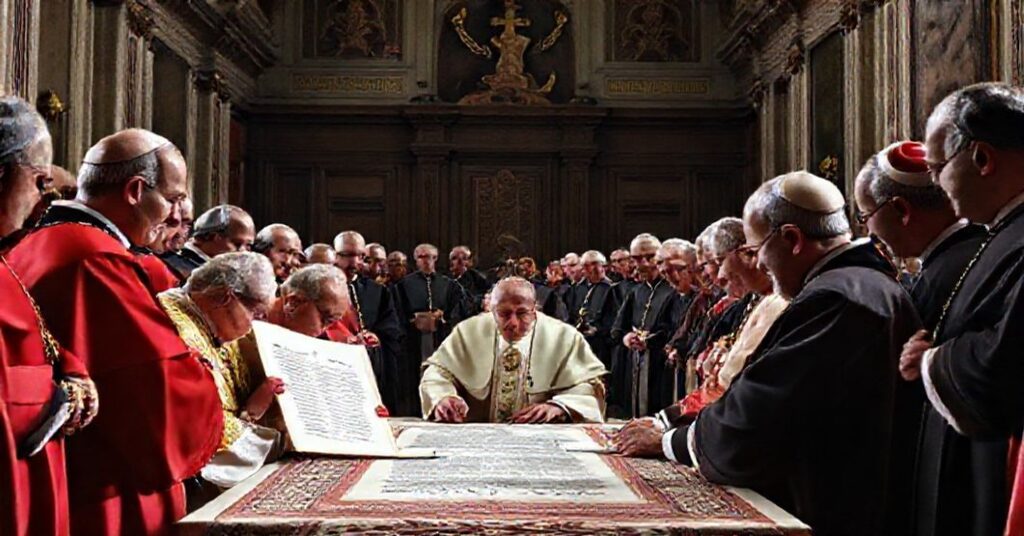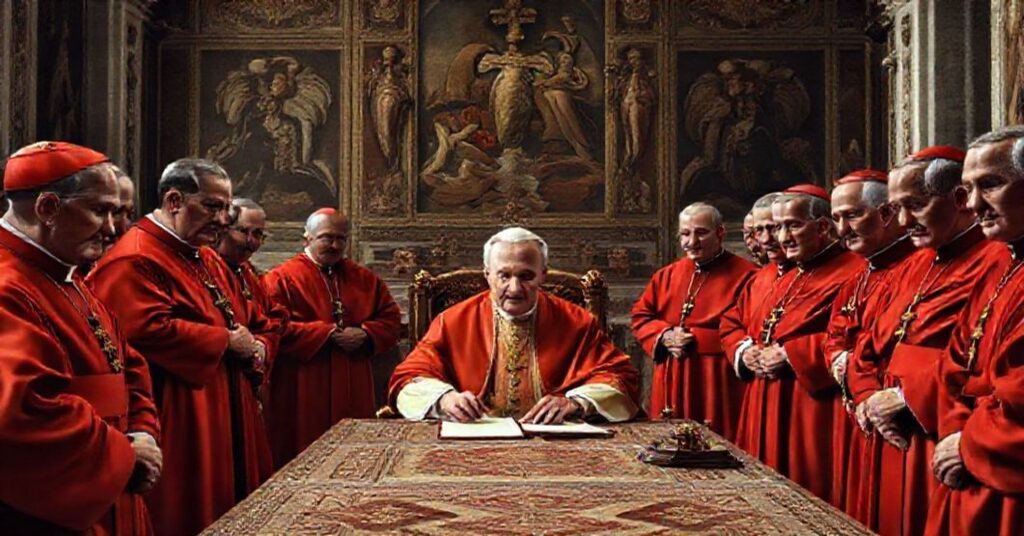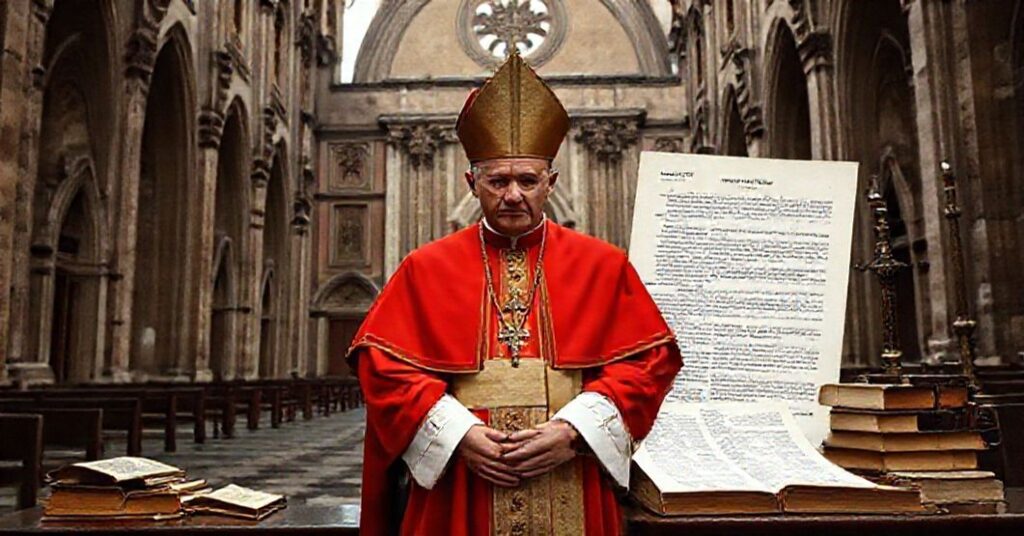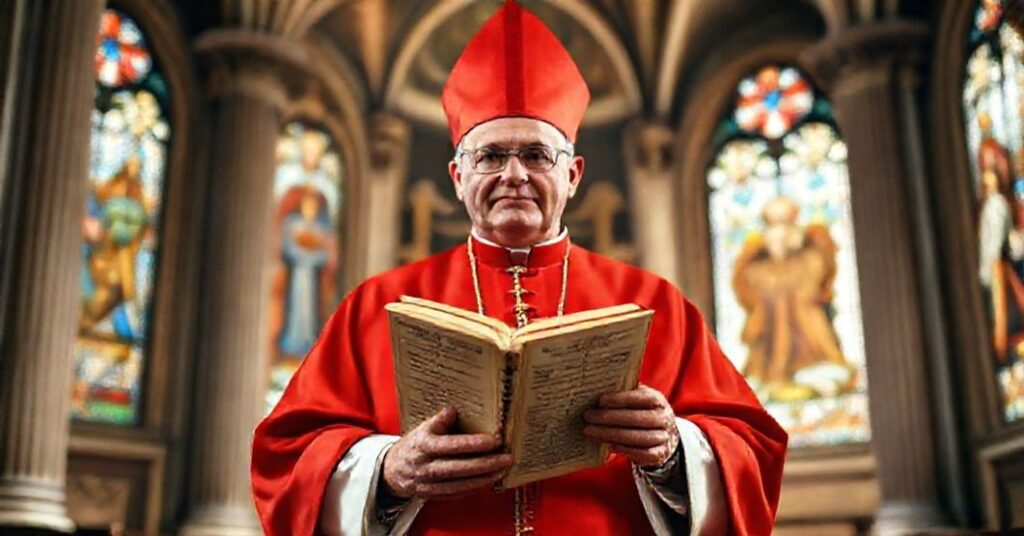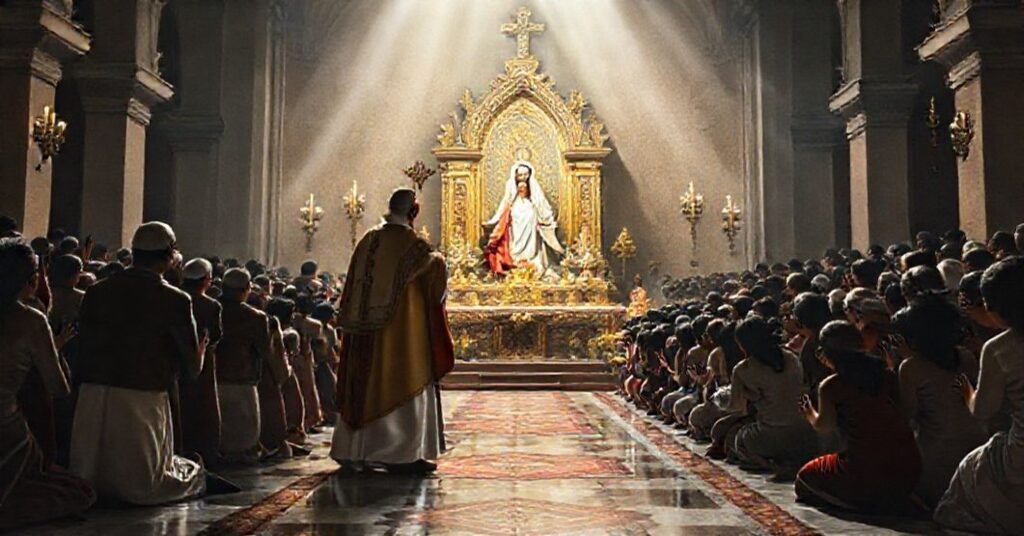Fidei Propagandae (1962.10.01)
This Latin text, issued by antipope John XXIII on 1 October 1962 under the title “Fidei Propagandae,” pretends to elevate the Pontifical Athenaeum Urbanianum to the status and name of a “Pontifical Urban University,” praising its historic role in missionary formation and aligning its structure with the norms of Pius XI’s Deus scientiarum Dominus, so that it may enjoy full academic recognition in Rome and worldwide. Behind the academic flattery and curial formalism stands a calculated step in weaponizing ecclesiastical institutions for the coming conciliar revolution, subordinating genuine missionary zeal to a humanistic, juridicized, and soon-to-be-modernist apparatus that will export the new religion to the nations.

